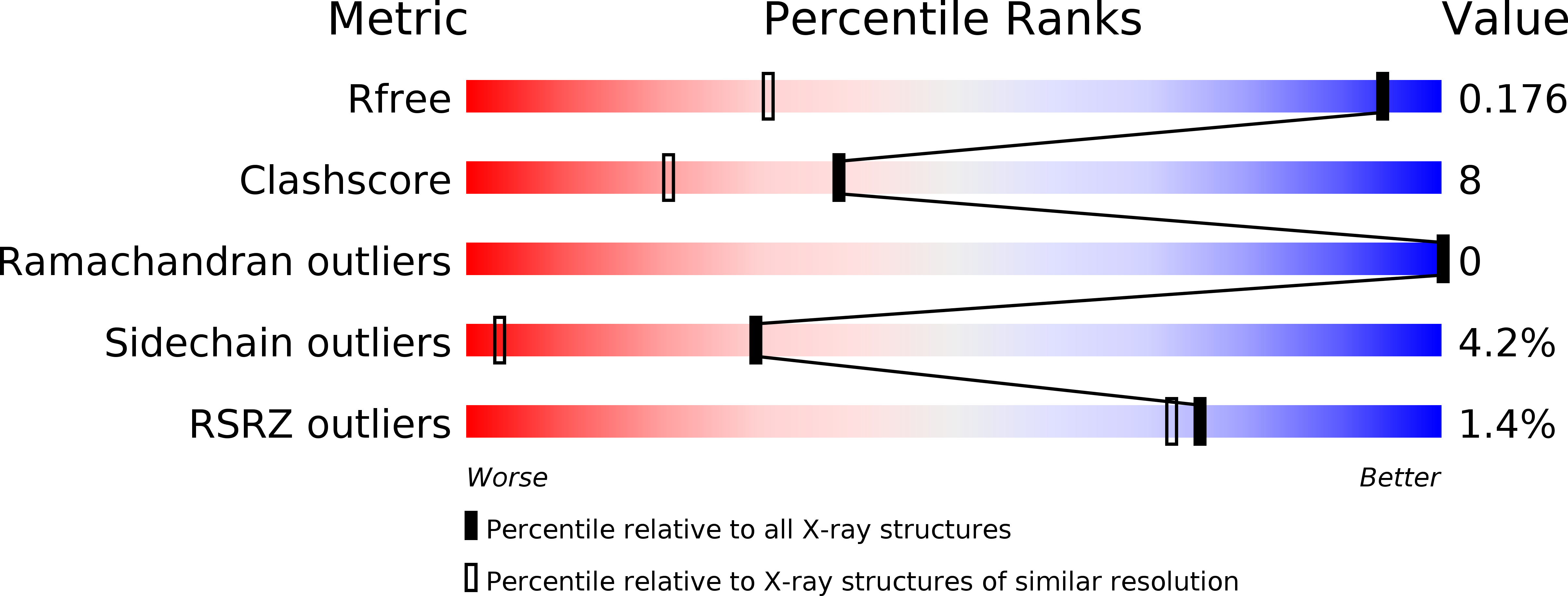
Deposition Date
2013-05-29
Release Date
2013-12-18
Last Version Date
2023-12-20
Entry Detail
PDB ID:
4BPZ
Keywords:
Title:
Crystal structure of lamA_E269S from Zobellia galactanivorans in complex with a trisaccharide of 1,3-1,4-beta-D-glucan.
Biological Source:
Source Organism:
ZOBELLIA GALACTANIVORANS (Taxon ID: 63186)
Host Organism:
Method Details:
Experimental Method:
Resolution:
1.13 Å
R-Value Free:
0.17
R-Value Work:
0.14
R-Value Observed:
0.14
Space Group:
P 21 21 21


